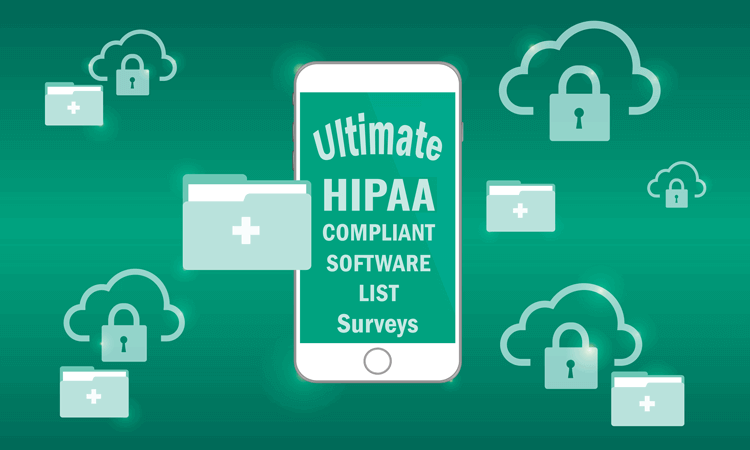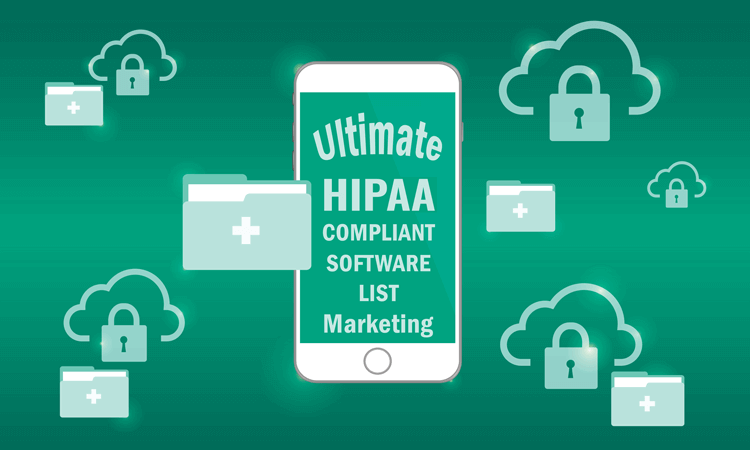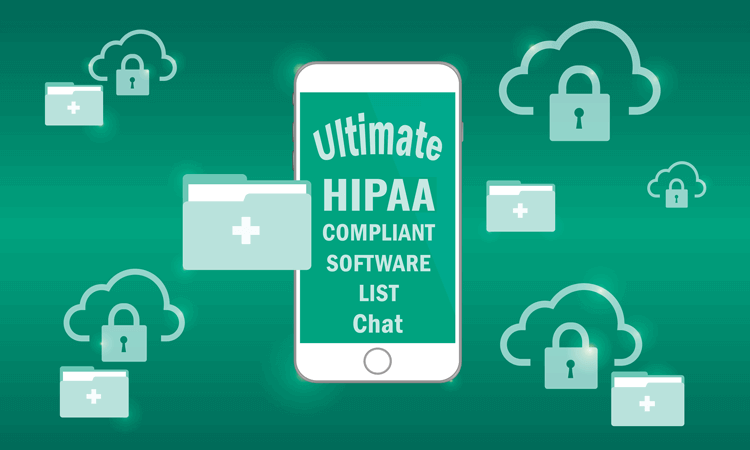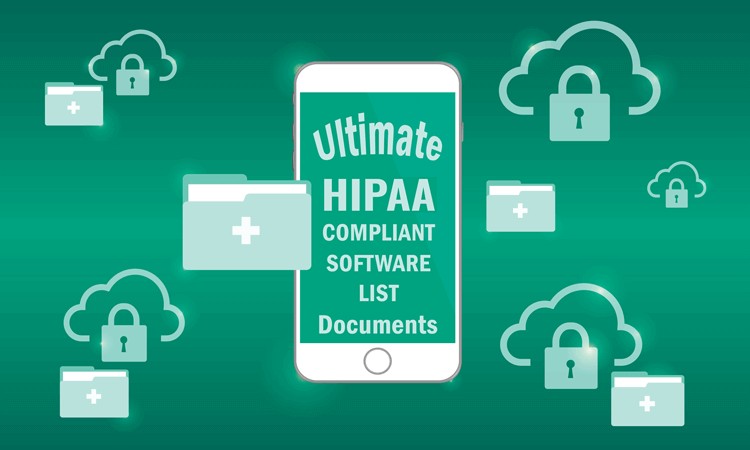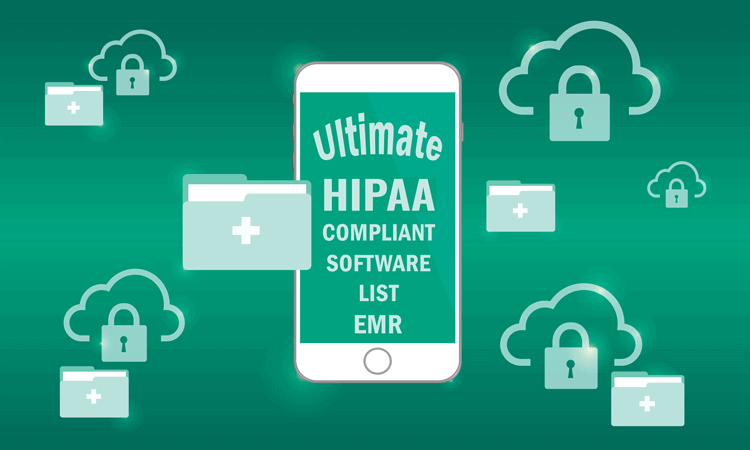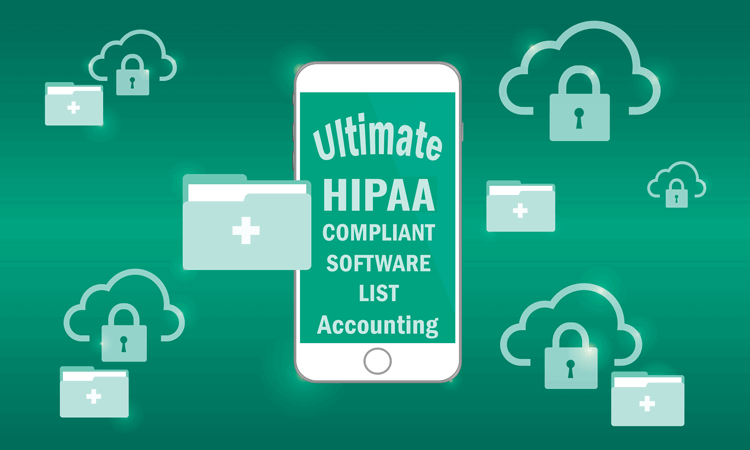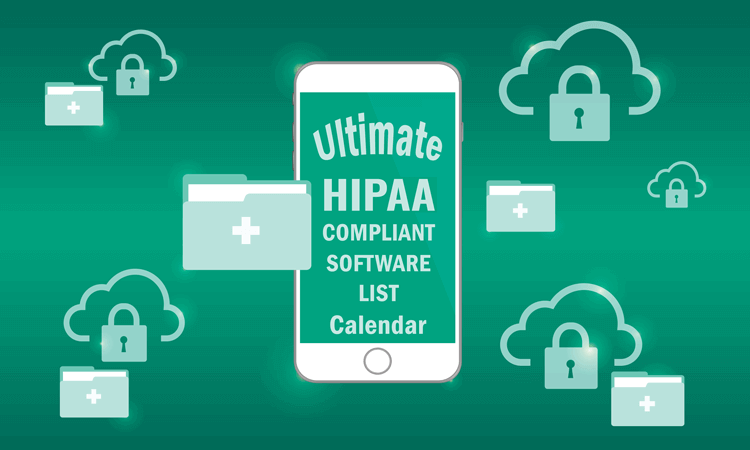IT Performance: Management, Measurement, and How to Improve
IT systems are the heart and soul of most modern businesses. Therefore, when the IT system is secure from a cybersecurity standpoint and is performing efficiently, the company as a whole can operate to the best of its ability.



